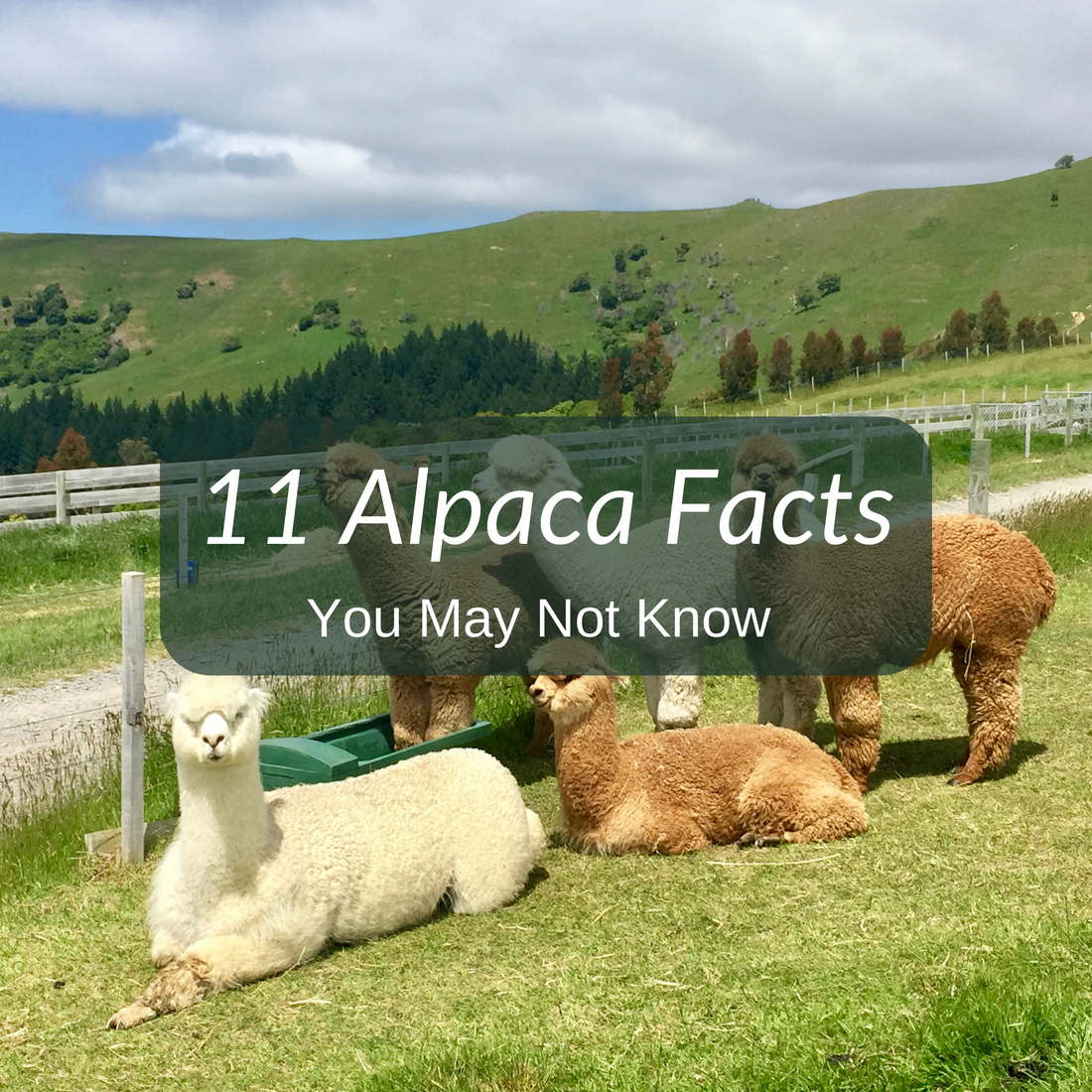Alpacas, with their endearing appearance and luxurious fleece, have captured the hearts of people around the world. While many are familiar with their fluffy charm, there are numerous intriguing facts about alpacas that remain relatively unknown. Get ready to expand your knowledge and delve into the enchanting world of alpacas!
- Rich History: Alpacas have a rich history that stretches back thousands of years, over 6,000 to be exact! They are believed to be descendants of the wild vicuña, a South American camelid. Alpacas were domesticated by the indigenous people of the Andes Mountains in Peru, Bolivia, and Chile, who valued them for their luxurious fiber. The Incans, in fact, valued Alpaca fiber over gold!
- Great Personalities: Alpacas have gentle and curious personalities, often captivating those who spend time with them. They are generally docile and can be easily trained. Many alpaca owners find them to be delightful companions, showcasing their playful and affectionate nature. They even make great therapy animals, which is why they are starting to become increasingly popular in hospitals.
- High Quality Wool: One of the most renowned aspects of alpacas is their exquisite fleece. Alpaca fiber is incredibly soft and lightweight, flame and water resistant, and because their fur contains no lanolin, it is hypoallergenic!
- A Variety of Colors: Alpacas come in 22 colors ranging from black and white, to silver and beige. This natural diversity eliminates the need for artificial dyes when their wool is made into thread and creates a stunning range of hues.
- Two Distinct Types: There are two primary types of alpacas: Huacaya and Suri. Huacayas have dense, crimpy fleece that gives them a teddy bear-like appearance, while Suris have long, silky fiber that forms elegant, pencil-like locks. Each type has its own unique characteristics, adding to the overall allure of alpacas.
- Social Creatures: Alpacas are highly social animals and thrive in herds. They have a cooperative community structure and use humming, body language, and various vocalizations to communicate with one another. Alpacas often form strong bonds with their herd members, displaying gentle and protective behavior towards their young.
- Amazing Adaptations: To thrive in the harsh Andean climate, alpacas have developed remarkable adaptations. Their dense fleece acts as insulation, keeping them warm in freezing temperatures and cool in hot weather. They also have a unique immune system that helps them resist certain diseases commonly found in other animals.
- Environmentally Friendly: Alpacas are gentle on the environment and have a minimal impact on their grazing areas. They have padded feet instead of hooves, which helps prevent soil erosion. Additionally, alpacas are known for their efficient digestion, producing relatively little methane compared to other livestock.
- Crossbreed Capabilities: Alpacas and llamas can crossbreed. They are known as "mini-llamas", but have technical names based on the sex of their parents. When a male llama and female alpaca breed, their offspring are known as huarizos. When a male alpaca and female alpaca breed, their offspring are known as mistis. These mini-llamas tend to be much smaller than llamas, but have longer fleece, coarse, and crimped fleece.
- Long Life Span: The average lifespan for an alpaca is 15-20 years. Some live longer, with the oldest recorded alpaca living to 27 years. After 8-10 years, their fiber quality starts to decrease, but this doesn't prevent them from being the adorable friendly creatures they are!
- Family Relations: Alpacas are part of the camelid family, being related to camels, guanacos, llamas, and vicuñas. They are also known as lamoids, which differ from camels as they do not have humps.
In the end, alpacas are not only charming and adorable, but also possess a rich tapestry of captivating qualities! From their luxurious fleece to their social nature and remarkable adaptations, these remarkable creatures continue to captivate the imagination of people worldwide. By unveiling these lesser-known facts about alpacas, we hope to deepen your appreciation for these gentle and fascinating animals.


5 comments
I own a alpacha on a farm in the mountains of NC. He is 4 now and lives with many alpachas and llamas. When I visit him 3-4 times a week it is a time that makes me so happy and relaxed. Its like heaven. I feed him carrots and apples. He recognizes and trust me. I can pet him on the neck and back and he follows me around. They are gentle and loving animals.
I hope my comment is posted. I am 77 yrs. old now, and I would give anything to get those days back😉
I hope my comment is posted. I am 77 yrs. old now, and I would give anything to get those days back😉
I fell in love with llamas when I did a semester at the Ohio State Large Animal Veterinary Hospital in Columbus, Ohio! I was studying to be a veterinary technician, however, I loved the large animal section. I did a
report on a llama that was being treated for intestinal worms. I would go
to the barn on my days off just to say hello to him…I named him Pablo. Unfortunately, I graduated before I knew if the treatment was successful. Those were the best days of my life!!!
Loved the info! Please fix error about mistis – you wrote both parents are alpacas. I am excited about the 2 gelded alpacas new to our family. They are doing their best to befriend my 19 year old llama lady. and they are adorable.